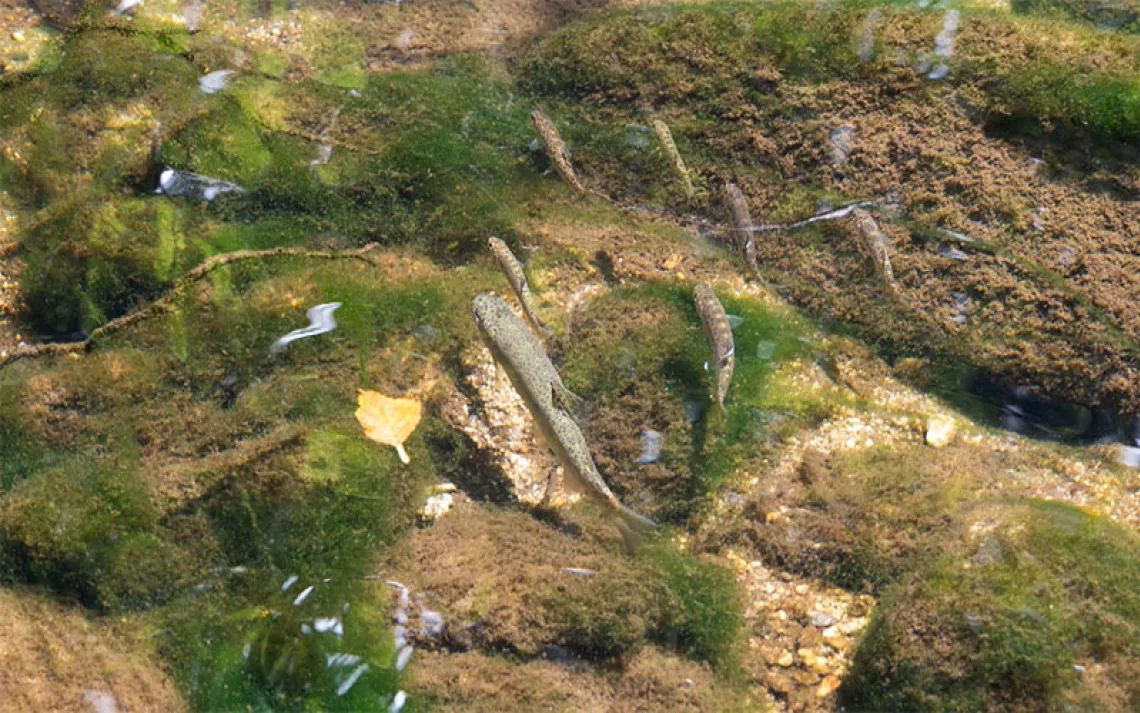Delightfully Spooky Wildlife
Smithsonian Earth's "Strange Creatures" unearths our planet's weirdest denizens
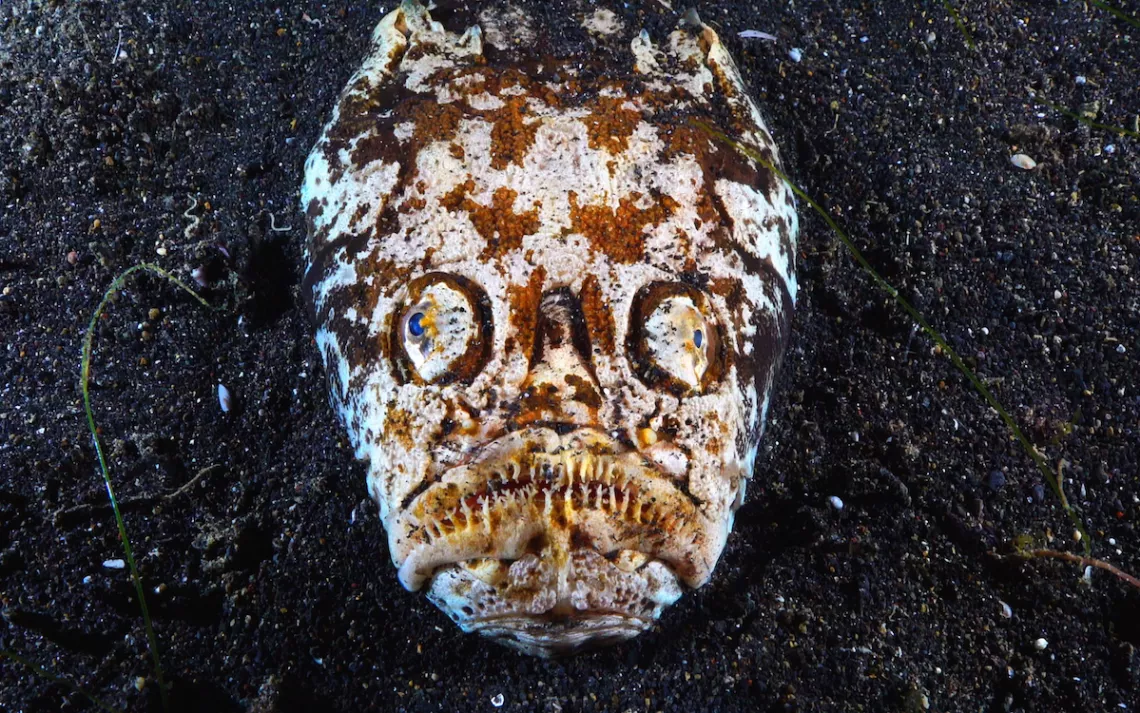
This unfortunate fish is called a whitemargin stargazer. Its behavior does not befit its romantic name.
|Photos courtesy of Smithsonian Earth
While many will masquerade as ghouls and ghosts this Halloween, the critters featured in the new, second season of Smithsonian Earth's Strange Creatures, will inspire awe, fear, and wonder exactly as they are. Each of the show’s six episodes feature a handful of beautifully bizarre creatures. Whether crawling across a bedroom floor or trolling the depths of the Pacific Ocean, the stars of this show will trick viewers with their outlandish body parts and, thanks to their mesmerizing powers of disguise and adaptation, treat you as well.
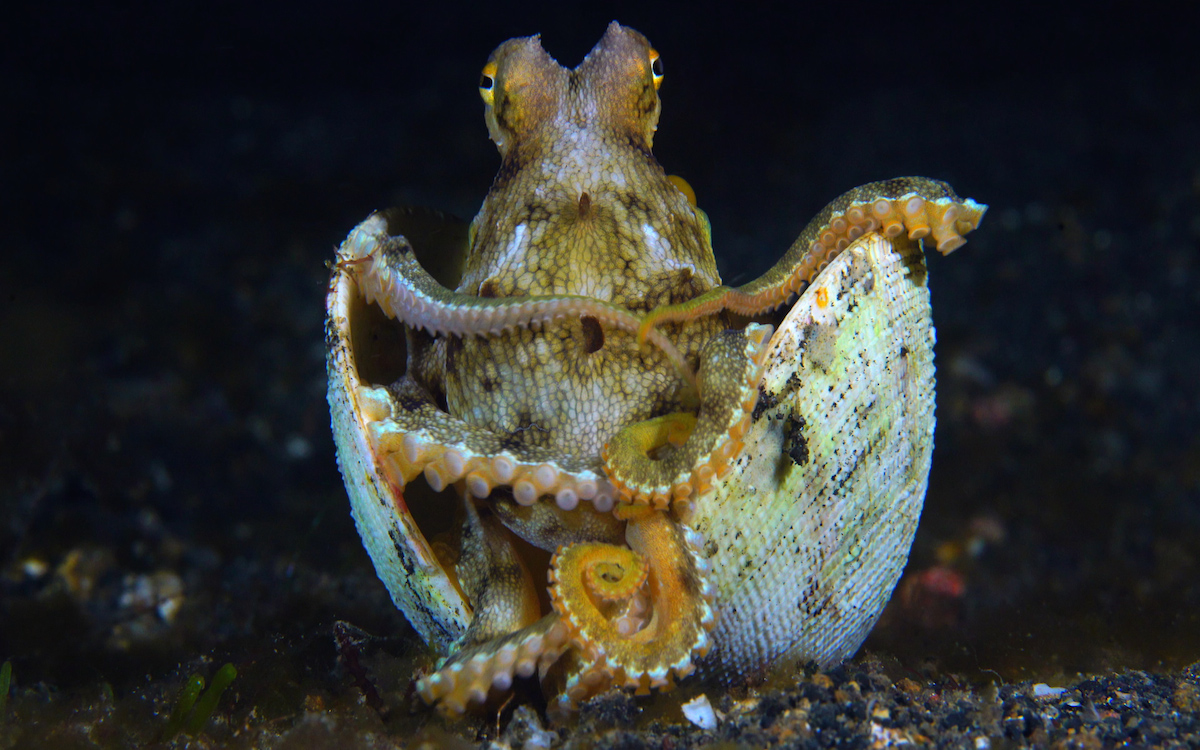
The coconut octopus
Each half-hour episode focuses on lesser-known organisms that share an unusual trait. The pilot, for instance, features toxic warriors such as the nudibranch, which can absorb poison from its prey, store it as cells in its snail-like dorsal appendage, and if attacked, shoot those cells in the form of little balls. Talk about a malevolent mollusk.
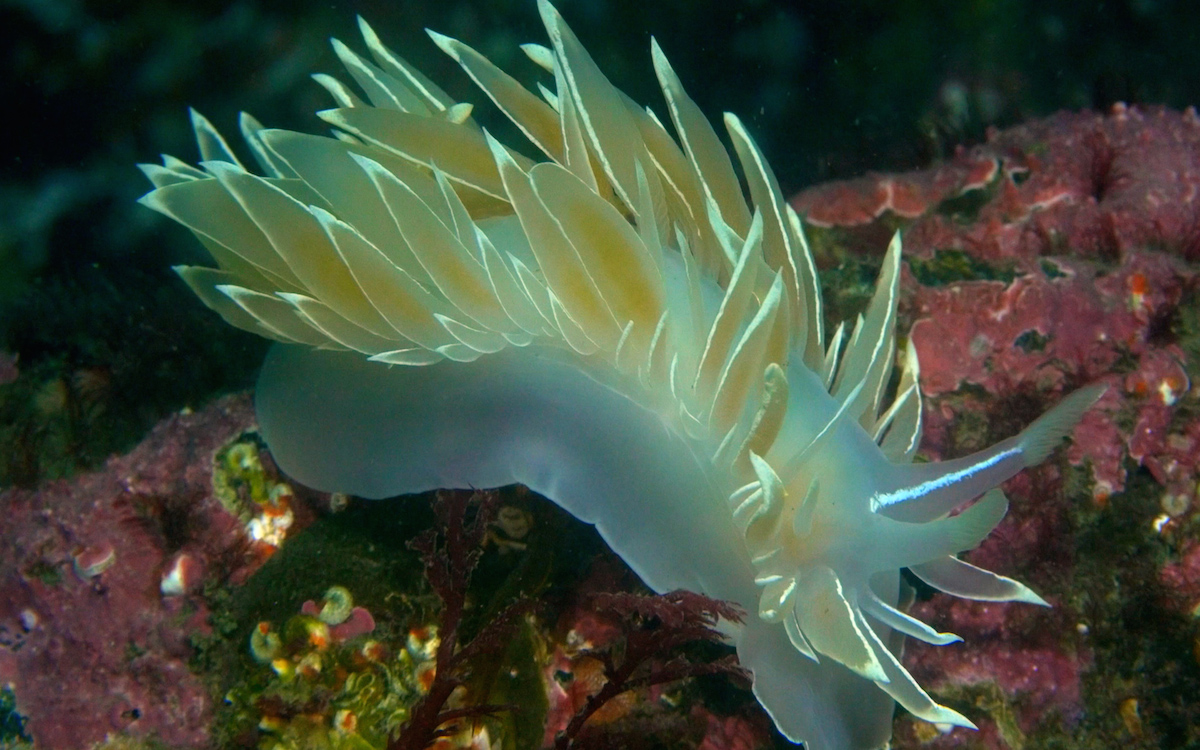
The nudibranch
The show’s sophisticated cinematography rivals that of Animal Planet's and Nat Geo's programming. Underscored by dramatic instrumentals, Strange Creatures' breathtaking shots put viewers face-to-face with elite ambush killers like the whitemargin stargazer, which spends the majority of its time lurking beneath the ocean’s sand. When the stargazer “hunts,” all that’s visible are its top-mounted eyes and mouth—a look more befitting of bony Halloween skull decor than a fish. However, this lazy lump has a shocking gift: It can send lightning-fast waves of electricity to stun unsuspecting prey. Within milliseconds, the stargazer swallows its victim, and thanks to the makers of the show, you can watch the whole process unravel in slow motion.
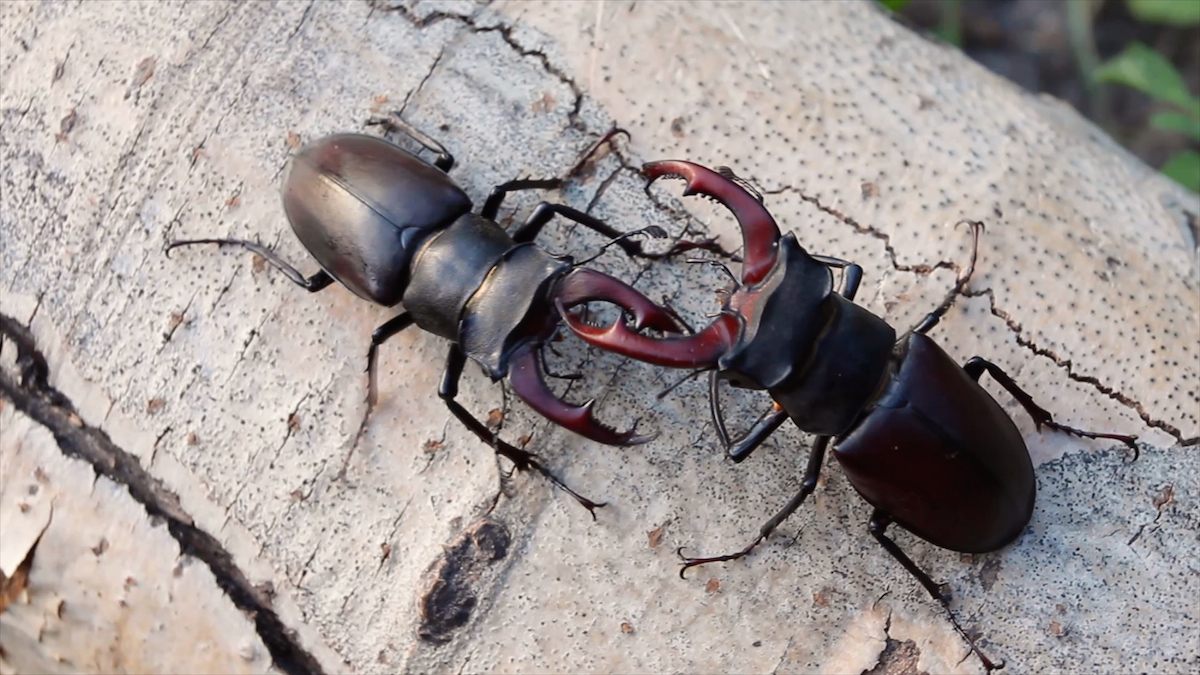
A fight between stag beetles
From the seafloor to the floor of the Amazon, the strangest among the earth’s fish, fauna, and insects are exposed. Even as a bug-phobe, I couldn’t help but marvel at the complexity of these creatures’ adaptations, some of which are quite beautiful. Flaunting its vibrant pink-and-white coloring, the orchid mantis shows off its four petal-like legs, and how, at six centimeters, it has no problem hiding in plain sight. This impressive disguise is unveiled in one of the show’s many high-definition sequences.
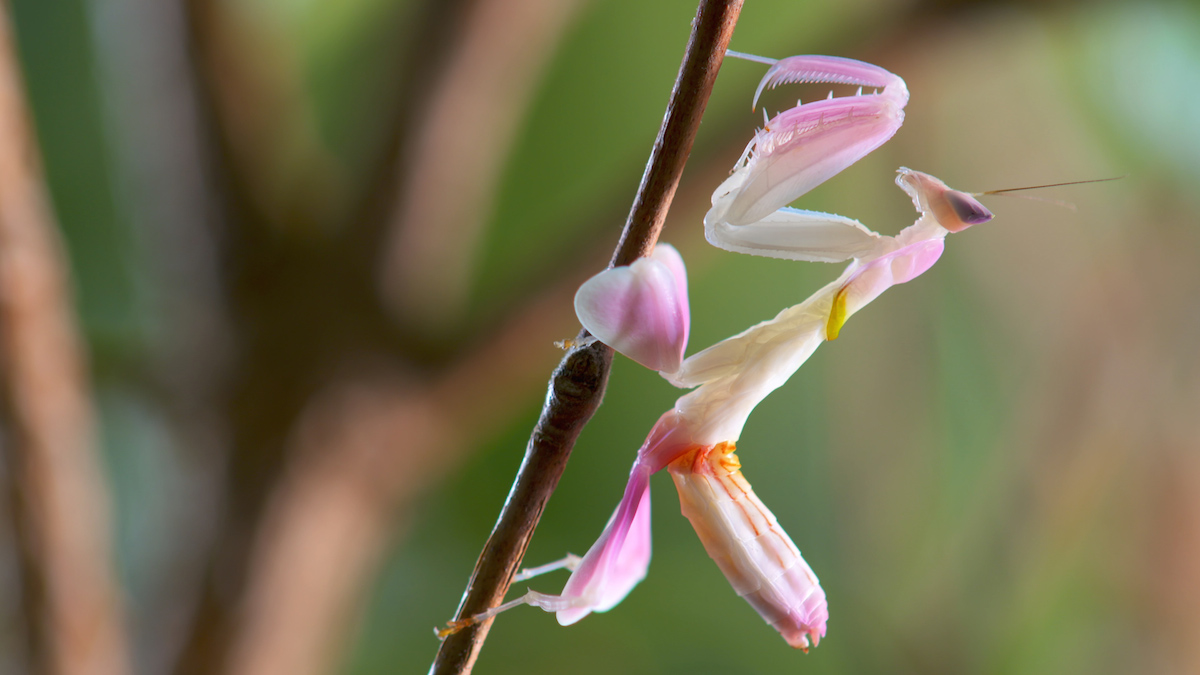
The orchid mantis
Strange Creatures is a delight to watch, and it’s thorough in its coverage of wildlife most of us can only imagine. Straight out of a fairytale, these formidable hunters have perfectly evolved to defend their turf and survive. Yes, there’s a method to these creatures’ madness—whether it’s made evident in the organ-regrowing powers of the axolotl, or the 650mph speed of the biting frogfish’s preferred mode of defense.
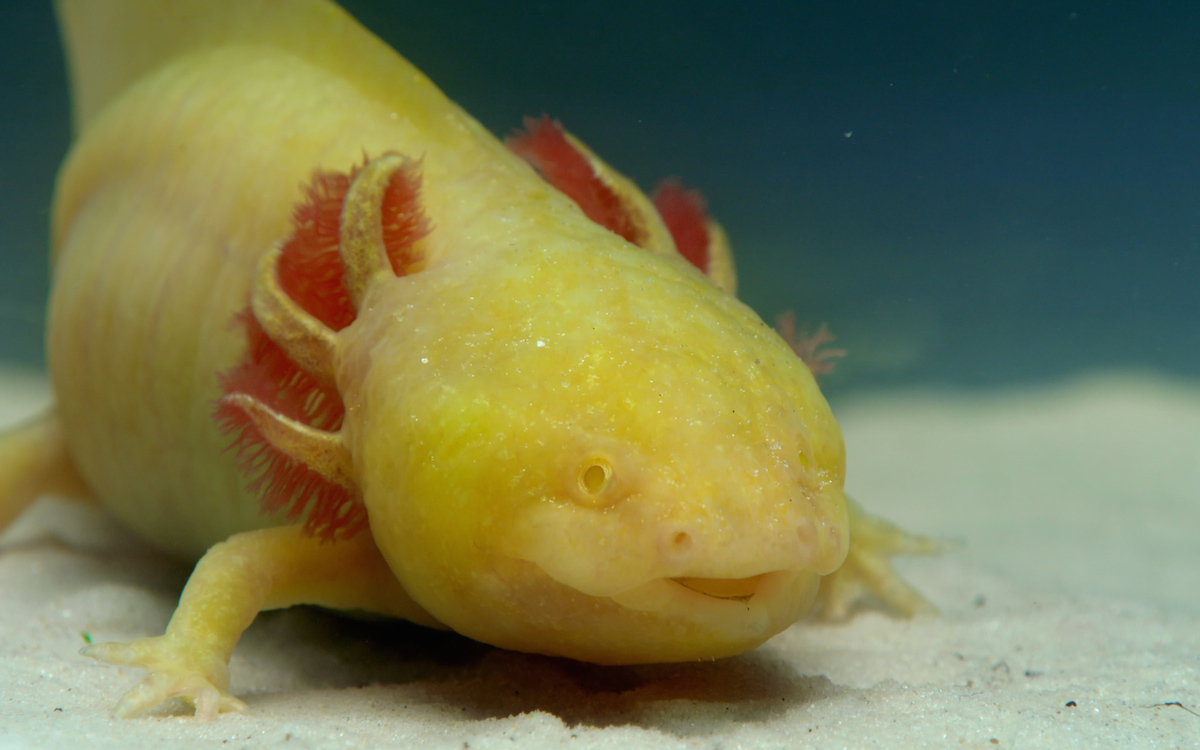
The axolotl
These episodes premiered over the past month and will be streaming on Smithsonian Earth’s subscription streaming video service—available through Apple, Roku, Amazon, and Android—and also at SmithsonianEarthTV.com. Tune in to see these wonderfully spooky creatures’ incredible feats of survival and adaptation. It’s anatomy gone wild—from a front-row seat.
 The Magazine of The Sierra Club
The Magazine of The Sierra Club



